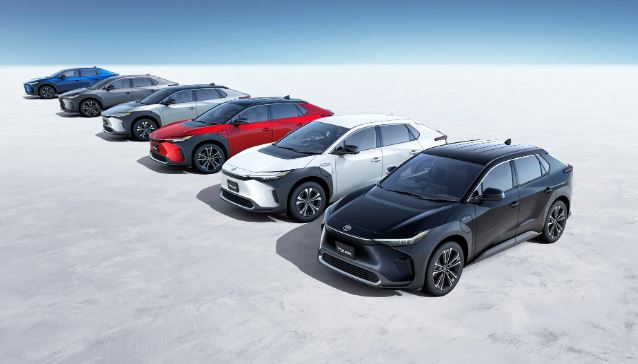Toyota’s new CEO, Koji Sato, believes that the company can achieve substantial profits in the electric vehicle (EV) market by following a three-step strategy. Toyota aims to produce 1.5 million EVs globally by 2025 and 3.5 million by 2030. Sato believes that improved productivity and economies of scale will lower the prices of the vehicles, which will help drive sales volume.
The first step in Toyota’s plan involves the launch of its line of bZ-branded EVs on a new purpose-built platform. This platform will allow the company to learn from the mistakes made during the launch of the bZ4X and make quick improvements to the product’s appeal and strength. The second step is to integrate the Arene automotive operating system, which is currently being developed by its software arm, Woven. Toyota hopes that this will help them create successful software systems that will be just as important as the vehicles themselves. The third and final step is a transition to a new structural body and the layering of the Arene operating system with updated software services.
Sato acknowledges that Toyota has been slow to embrace EV technology, but he believes that the company’s new strategy will help them catch up to rivals like Tesla. Toyota’s current margins are around 10%, while Tesla’s margins are around 20%. Toyota hopes to increase its margins and EV profitability by continuing to produce 10 million vehicles annually. However, the company acknowledges that many of those cars will still be more profitable hybrids rather than fully electric cars.
While it remains to be seen whether Toyota’s plan will be successful, the company’s increased focus on EVs is a positive step forward. With the market for electric vehicles growing rapidly, it’s important for companies like Toyota to embrace new technologies and adapt to changing consumer demands.

